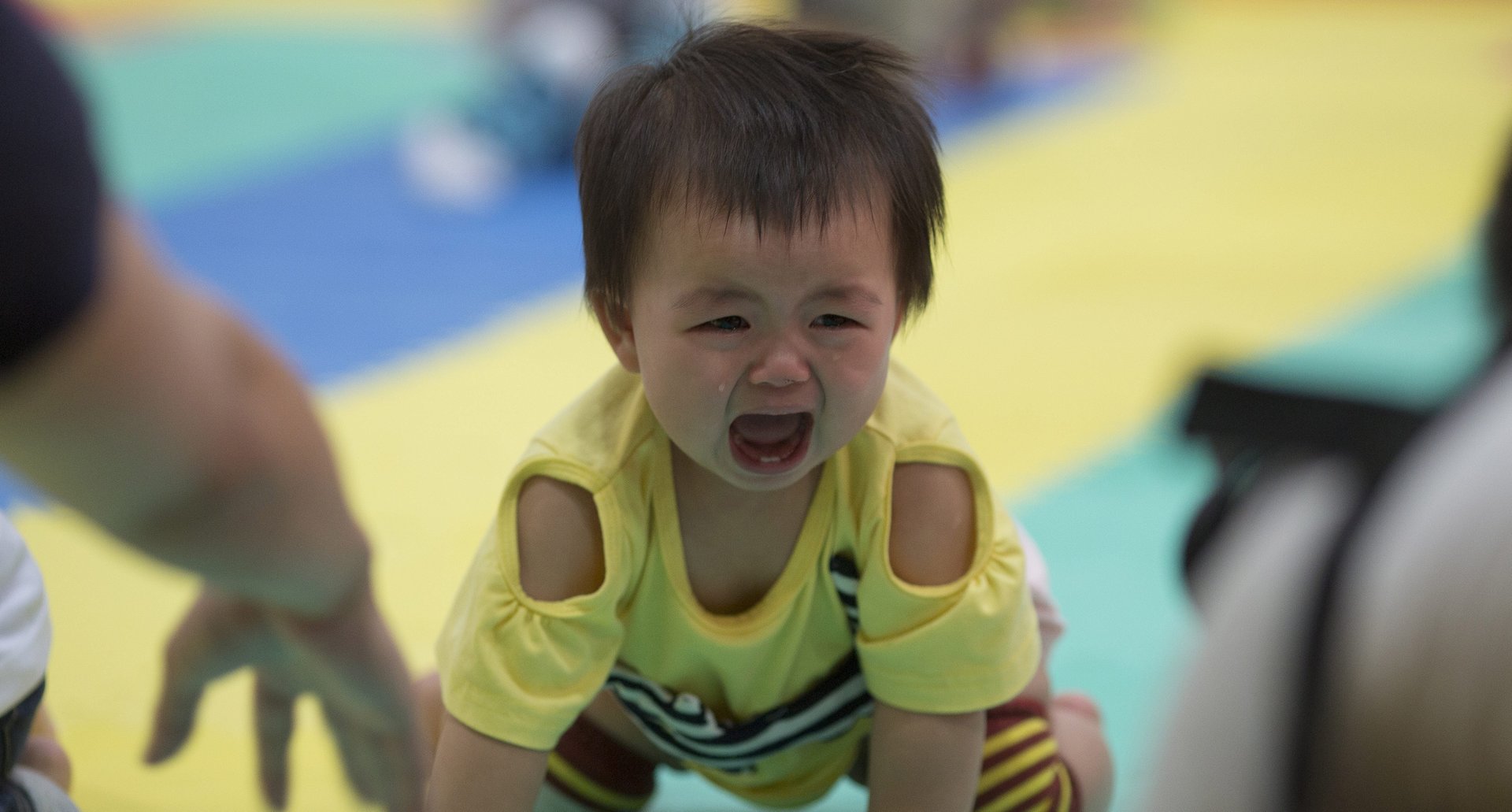China’s two-child policy has already stopped working
That was quick.


That was quick.
When China officially ended its one-child policy in 2015, couples promptly heeded the call and had a lot more babies. Under its new two-child policy, China recorded 18.46 million births in 2016—the highest since 2000—with almost half of those babies having at least one older sibling.
But in 2017, the number of live births fell 3.5% to 17.23 million from the year before, according to data released by the government. About half of them were second children in the family. The reason for the decline was attributed to a decrease in the number of women of fertile age and more women delaying marriage and pregnancy (paywall).
Chinese officials have gradually eased the one-child policy that had been in place since 1979, in hopes of addressing some of the social and economic problems caused by its draconian family-planning law, such as a massive gender imbalance that has made it hard for many men to find wives and a shrinking labor force that threatens economic development. China’s working-age population has been falling since 2012, and the government warns of a “sharp decline” after 2030. A rapidly aging population will also put huge strain on the country’s social services.
Echo Huang contributed reporting.